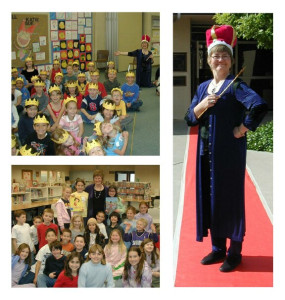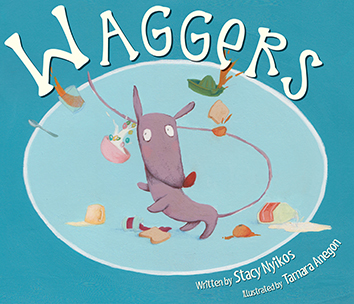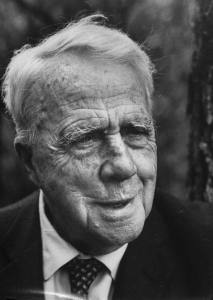When I was a kid growing up overseas in the ‘80s and ‘90s, first in Nigeria, then Japan, it was cheaper for our family of seven to buy around-the-world tickets than fly directly to Michigan where our relatives lived. My parents took full advantage of this pricing oddity. We visited every country we could. This was before Google, before Airbnb, before Uber—before the Internet. It wasn’t easy. My dad would wash dirty diapers in hotel sinks at night after we visited at least four hotels to find the cheapest rate, all of us lugging our bags (without wheels) around town.
Of the memories I have of our family adventures, I regularly come back to two in particular.
The first is from a visit to Singapore when my dad, a Christian, stood at the top of the stairs leading to a mosque, talking with the imam. Both men were at ease, showing each other courtesy and respect. I wasn’t impressed at the time. The rest of us wanted to go do something else and my dad was holding us up, but I’ve never forgotten the image of two strangers of differing faiths making time to be with each other. There was no wall of suspicion between them. They delighted in their conversation.
Another, more general memory, is of my mom talking with craftspeople: jewelry makers in New Mexico, basket weavers in Japan, soap makers in California, furniture makers in China. She could hold up the family to talk basketry with a local artisan in a market the way my dad could hold us up at a mosque, or a museum. To this day, if she revisits a place, she seeks out the artisan she spoke with months, or even years ago.
It strikes me that the sheer force of humbly showing up at a shop or a house of worship in an unfamiliar town or country is a blazing sign of wanting to bust through cultural walls to be with the people on the other side. At which point the people on the other side are nearly always willing to be with you, too.
We’re living in a moment in history when we are entrenched in our own identifiers, suspicious of those who look, live, politic, and pray differently than us. We talk about The Wall (you know the one,) all the while building our own walls, emblazoned with memes, that keep us from truly seeing and being with each other.
My son, now eight, has been traveling since the day he was born. We used to tuck him into a Baby Bjorn, strap him on, and carry him with us wherever we went. Once, we took him on a fan boat ride through a jungle in Vietnam. It was hot and the boat was loud, but he seemed happy. Possibly, the thrill of it worked its way into his bloodstream. He loves to travel. He has a gift for making friends and a natural curiosity that reminds me of his grandparents.
After the 2016 election, my husband suggested we travel this summer to explore family roots in the Netherlands and visit a dear brother in France. To me, this idea didn’t seem wise. The future seemed—and still does—not just precarious, but grim. Shouldn’t we save money? Ride this out? See what happens? Shouldn’t we huddle up?
I think about how carefully I watched my parents as a kid and how their steady, joyful openness while traveling formed my perception of the world as a place in which we are all connected. I want the same for my kids. I want them to know that huddling up and hiding behind walls of our own making stunts our shared humanity. I want them to engage in enthusiastic conversations about baskets, and religion, and whatever else, with zero thought of changing other people’s minds but with a willingness to change their own.
My son has a new patch on his backpack that says, “Think Peace.” He feels this communicates a nice message to the people he will meet in the Netherlands.
Now, more than ever, is the right time to travel, have fun, and say hello to a neighboring city, or state, or a country you’ve always wanted to visit. Bust through some walls. Meet the world. Be reminded that we’re all in this together.














 .
.








